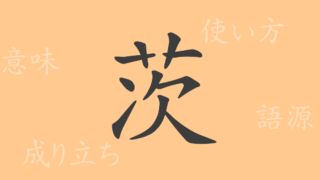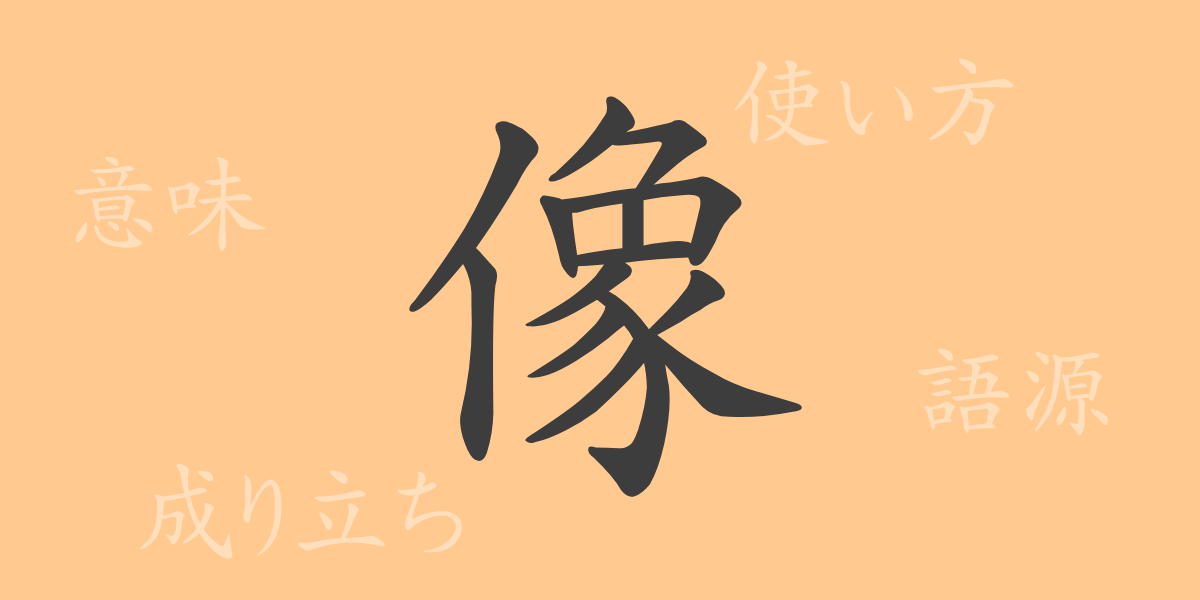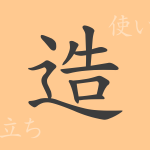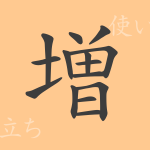Japanese language boasts a multitude of Kanji characters, each with its own unique history and meaning. Among these, ‘像’ (ぞう – zō) stands out as particularly intriguing. This article delves into the etymology, meaning, usage, and expressions involving the Kanji ‘像’. For those interested in Japanese culture and language, understanding the depth behind this single character can greatly enhance comprehension of the Japanese language.
Origins of 像 (ぞう – Zō)
The Kanji ‘像’ originated in ancient China, where it referred to sculptures and paintings depicting forms. Derived from ideographic characters, it symbolizes the act of shaping things from clay or stone. The character itself depicts a person holding carving tools, representing the act of creating forms and the resulting sculptures.
Meaning and Usage of 像 (ぞう – Zō)
The Kanji ‘像’ is used in words like ‘形象’ (けいしょう – keishō) and ‘肖像’ (しょうぞう – shōzō), referring to things made in the likeness of something else or resembling it closely. Figuratively, it can also denote the essence or characteristics of one thing being represented by another. For example, saying “he resembles his father’s image” describes similarity in appearance or character to the father.
Readings, Stroke Count, and Radical of 像 (ぞう – Zō)
In Japanese, the Kanji ‘像’ has several readings, primarily:
- Readings: On’yomi (音読み) ‘ゾウ’ (zō), no specific Kun’yomi (訓読み)
- Stroke Count: It consists of 14 strokes
- Radical: The radical is ‘象 (ぞう – zō)’
Phrases and Idioms Using 像 (ぞう – Zō) and Their Meanings
There are various phrases and idioms incorporating ‘像’, including:
- 肖像画 (しょうぞうが – shōzōga): Portrait painting depicting a person’s face or figure.
- 意匠を凝らす (いしょうをこらす – ishō o korasu): To put effort into designing something with ingenuity.
- 酷似する (こくじする – kokushi suru): To closely resemble something.
These expressions are commonly used in everyday life and in the field of arts.
Conclusion on 像 (ぞう – Zō)
The Kanji ‘像’ is used to signify something modeled after a shape or form, or something that resembles another. Its broad usage encompasses concrete objects to abstract concepts, symbolizing an important role in our language, showcasing the beauty and complexity of Japanese.

























